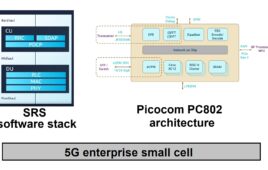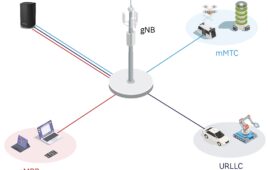With a slew of announcements from OEMs, mobile operators and technology vendors in the early part of 2014, the connected car market is picking up momentum. In addition to announcements, a wider range of vehicles with new connected car capabilities, including LTE, are promised in 2014, with more to come in 2015 and beyond. In fact, there has been so much activity in the space that some in the automotive and technology industries believe we are entering the next era of automobile innovation. 
However, there are several challenges that must be met as the connected car market grows and matures:
– True global standards have yet to be finalized, which is hampering growth.
– Pricing for 4G connectivity services and embedded hardware needs to reach a level that is acceptable to the mass market.
– Trust, privacy and security issues remain, and will continue to be a challenge for the industry.
– Automotive development life cycles typically run several years, far longer than those for consumer electronics such as smartphones.
– As more cars begin tapping into the 3G/4G services, there will be increased demand on already congested mobile data networks, especially at peak times.
– Past user experience with in-dash systems or earlier car services may cause some consumers to be hesitant about the new wave of services.
– Education is needed for the buyer and the dealer.
In addition to these challenges, OEMs are still wrestling with government mandates, determining if and how to roll out services in different worldwide regions, and working to determine the best method of delivering services to the car (in-dash, smartphone or hybrid). Even with these challenges, the market is moving forward, and there are several key drivers:
– The revenue potential of connected car services, as seen by all ecosystem players.
– The ability of auto OEMs to be able to offer more advanced monitoring, control, and servicing solutions, such as remote update of engine management software.
– High consumer expectations. Smartphones have conditioned consumers to expect connectivity everywhere, especially the car.
– The availability of connected car services at lower price points.
– Technology that has advanced to now allow for a better user experience in the car.
iGR believes that the momentum for connected cars will continue. It appears that no big player in the automotive or technology space wants to be left out. The rate of adoption in the short term, however, remains to be seen, as the consumer absorbs the new capabilities offered, and decides whether they are of real value to them.
iGR has forecast the U.S. connected car market in detail. Initially, iGR determined how many of the cars sold between 2013 and 2018 had the capability of being a connected car. In other words, the vehicle could be connected to a mobile network, and either the driver would be required to pay for a subscription service or the vehicle OEM would include a subscription in the purchase of the car. These numbers also include vehicles whose connected services depend on having a smartphone in the vehicle.
After determining the number of cars that are capable of connecting to the mobile network, iGR estimated how many would actually connect to a wireless network. In other words, how many would actually subscribe to the connected car service, if necessary, or would use the vehicle’s connected services provided through their smartphone.
And yes, iGR’s forecast does take into consideration the number of free years of the connected car service that various manufacturers give their new car buyers, as well as expected consumer renewal behavior. The resulting forecast shows a growth in the number of connected cars on U.S. roads of more than 700 percent between 2013 and 2018.
The final step in the forecast was to determine the data usage associated with the connected cars. iGR assumes that data usage will increase throughout the forecast period, as with smartphones and tablets. Note that iGR has assumed that some of the current smartphone and tablet usage will transfer to the connected car – in effect, the connected car should be viewed as another mobile device being used by the already-connected subscriber.
In the early years of the forecast, data use will primarily involve maps and radio streaming. Later in the forecast, drivers will use more real-time traffic and weather apps and passengers may use more video. Both drivers and passengers will use an increasing number of apps to access the Internet, and car manufacturers will also use data in their M2M applications.
Using these assumptions and information from iGR’s mobile connections forecast, iGR estimates the total connected car data usage will increase by nearly 200 times between 2013 and 2018. For the mobile industry, therefore, the question to ask may not be ‘how can we be involved’ but rather ‘can we afford not be involved?’



